Introduction: More Than Just Calories
In Japan, gohan (ご飯) means “cooked rice,” but it also simply means “meal.” That’s how deeply rice is woven into Japanese life, it’s not just food, it’s the foundation of nourishment and culture. Yet for those outside Japan especially the health-conscious readers, one question often comes up: How many calories are in a bowl of rice?
The answer is simple, but the story is richer. Because when you understand rice not just as a source of energy but as a cultural staple served in beautiful, handcrafted chawan (茶碗) you see why it’s more than just a number on a nutrition label.
To hold your rice consider investing in an artisan made Japanese rice bowl, the perfect complement!

Calorie Content in Different Types of Rice
Not all rice is created equal. The calorie content shifts slightly depending on the variety, texture, and preparation method. Here’s a quick guide:
- White rice (hakumai 白米) – About 240 calories per 150g cooked.
- Brown rice (genmai 玄米) – Roughly 215 calories per 150g cooked, with more fiber and minerals.
- Red rice (akamai 赤米) – Similar in calories to brown rice but with added antioxidants.
- Basmati rice – Around 200 calories per 150g cooked and lower glycemic index.
- Puffed rice (okoshi おこし) – Fewer calories per volume but less filling.
Prepared rice dishes have more variation:
- Vegetable fried rice: 300–400 calories per serving
- Chicken fried rice: 400–500 calories
- Curd rice: 200–250 calories
- Fermented rice: similar calories but with probiotic benefits
- Sambar rice: 350–400 calories
Comparing Rice Varieties: White vs. Brown vs. Beyond
When choosing between rice types, it’s not just about calories, it’s about nutritional profile and dietary needs.
- White rice is milled, softer, easier to digest but lower in fiber and B vitamins.
- Brown rice retains the bran, offering more fiber, iron, and magnesium for better blood sugar management.
- Multi-grain rice (zakkoku-mai 雑穀米) combines rice with grains like millet and barley for extra nutrition.
From a culinary perspective, the texture (shokkan 食感) matters. Japanese meals emphasize balance like soft rice with crunchy pickles, delicate miso soup, and flavorful side dishes.

Daily Consumption and Serving Sizes
How much rice should you eat daily? It depends on your overall eating pattern. In Japan, rice is usually a side dish, not the whole meal. A typical serving is:
~150g cooked white rice (about 3/4 cup) → ~240 calories.
In a standard daily diet of 2,000 calories, this fits easily into balanced meals with fish, vegetables, and soup. Pairing rice with miso soup provides complementary proteins for a complete meal.
Frequently Asked Questions About Rice
1. Does rice cause weight gain?
Not inherently. Portion size and overall diet matter more. Studies suggest rice can be part of a healthy diet when balanced with vegetables and protein.
2. Is rice gluten-free?
Yes! All natural rice varieties are gluten-free, suitable for celiac disease or gluten sensitivity.
3. Does rice spike blood sugar?
White rice has a higher glycemic index, but pairing with fiber-rich vegetables or protein helps manage blood glucose levels. Brown or basmati rice are lower GI options.
Health Benefits and Considerations
Rice is an excellent source of carbohydrates, providing quick energy. Brown and red rice also contain antioxidants, fiber, and minerals like iron and zinc, supporting digestive health and potentially heart health.
For those managing type 2 diabetes or aiming for weight management, choosing whole-grain rice or mixing rice with other grains can improve satiety and nutrient density.

Rice Preparation & Recipes
The way you cook rice changes its calorie profile:
- Steamed rice – Lightest and purest form
- Fried rice – Higher in calories due to oil and seasonings
- Fermented rice – Same calories, but with probiotic benefits
- Curd rice or lemon rice – Flavorful with modest calories
In Japan, rice is often cooked in a donabe (土鍋, earthenware pot), which retains heat beautifully.
Rice and Dietary Restrictions
Rice is naturally gluten-free, making it safe for celiac disease. White rice is also low-FODMAP, easy to digest, and a staple in many Asian countries, as noted by the International Rice Research Institute.
Rice and Weight Management
Can rice fit into a weight loss diet? Yes, when eaten mindfully. Choosing smaller portions, like a traditional Japanese rice bowl, naturally supports portion control. The Japanese dining style (small, beautifully plated dishes) creates satisfaction without overeating.
Bringing Japan Into Your Home
Next time you serve rice, imagine the quiet simplicity of a Japanese meal, steamed rice in a hand-shaped ceramic bowl, miso soup in lacquerware, and a small dish of pickles.
Consider investing in authentic Japanese artisan tableware from elegant rice bowls to beautifully glazed matcha cups. They don’t just hold food; they hold a story.


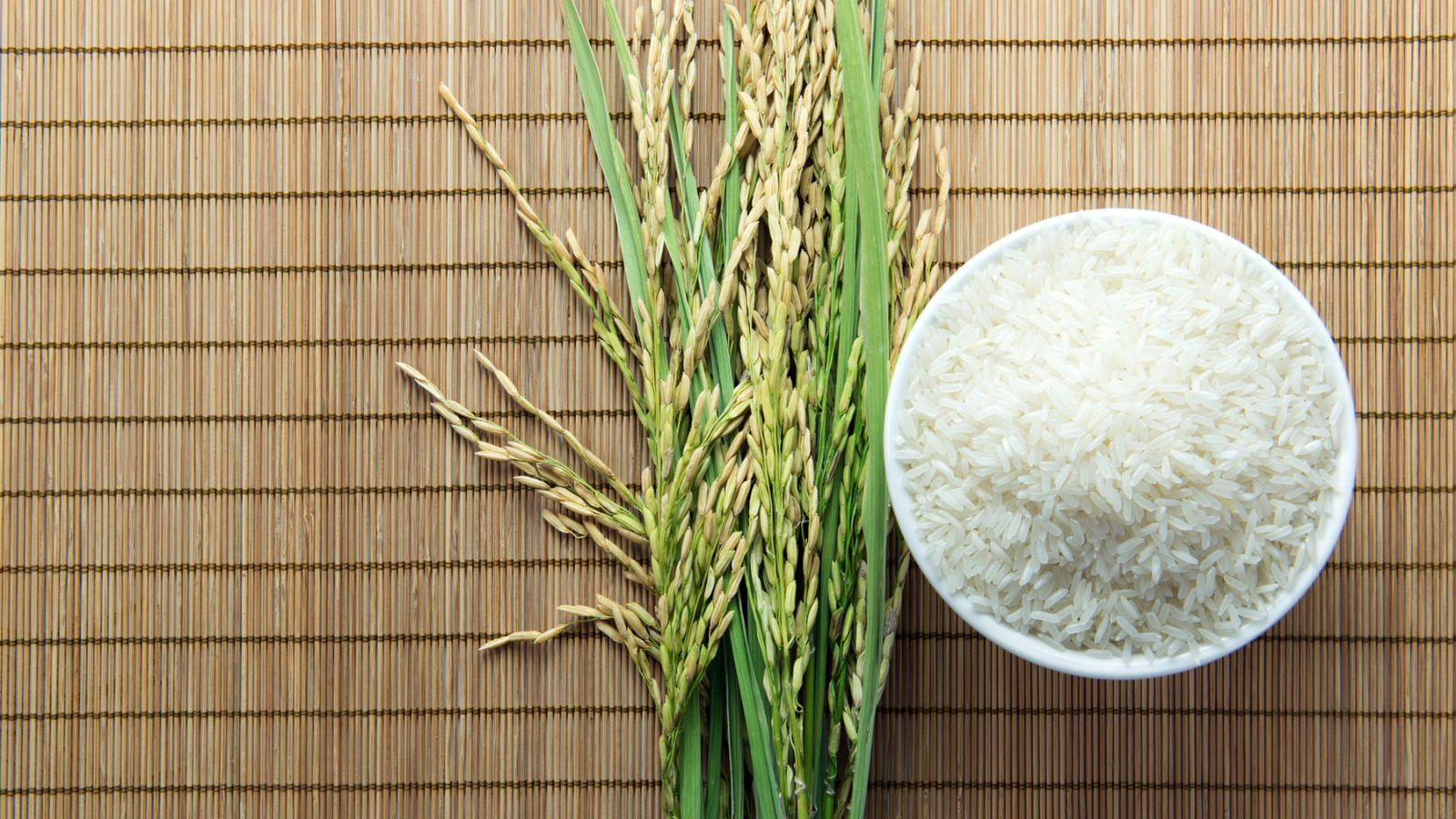
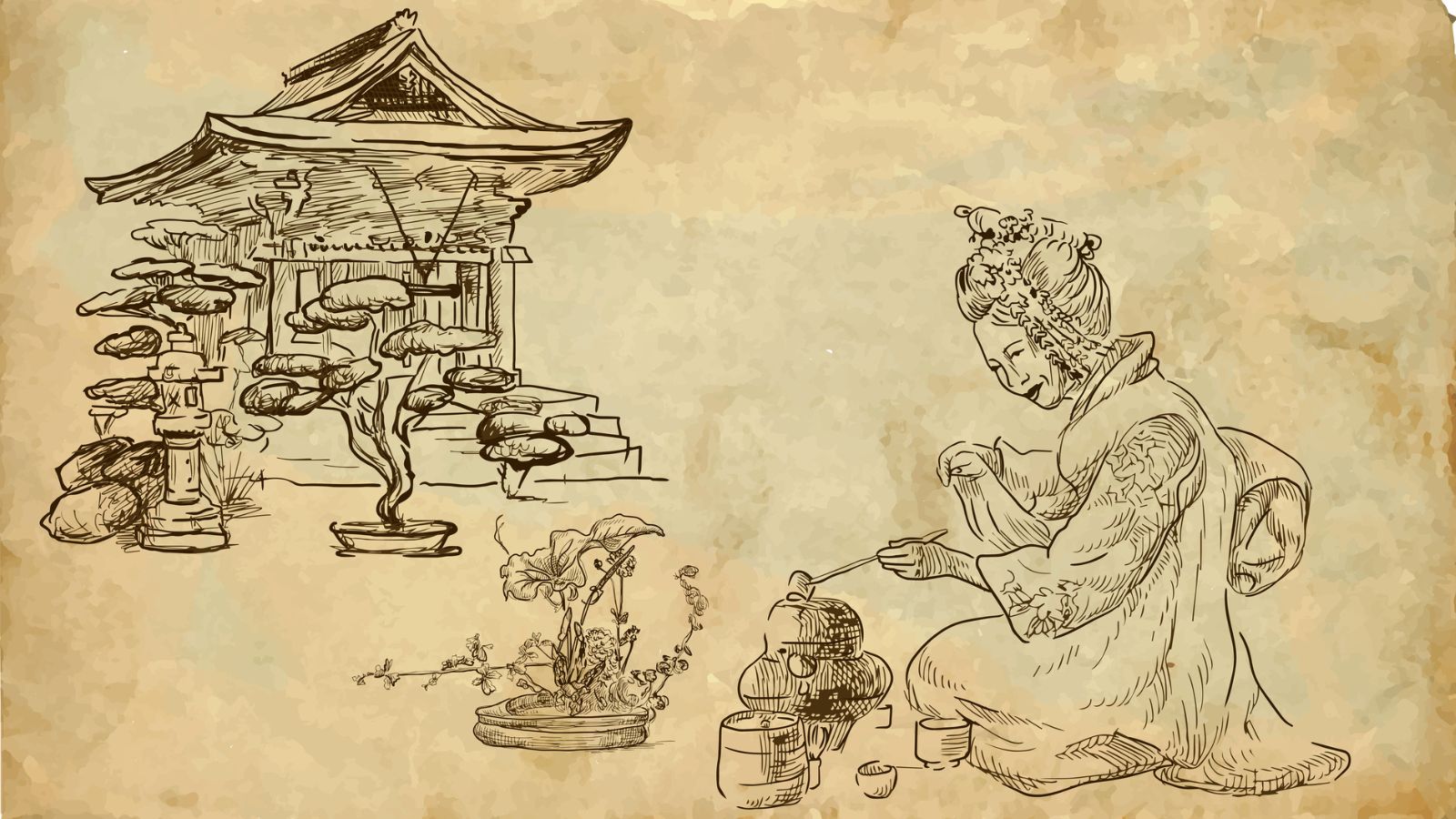
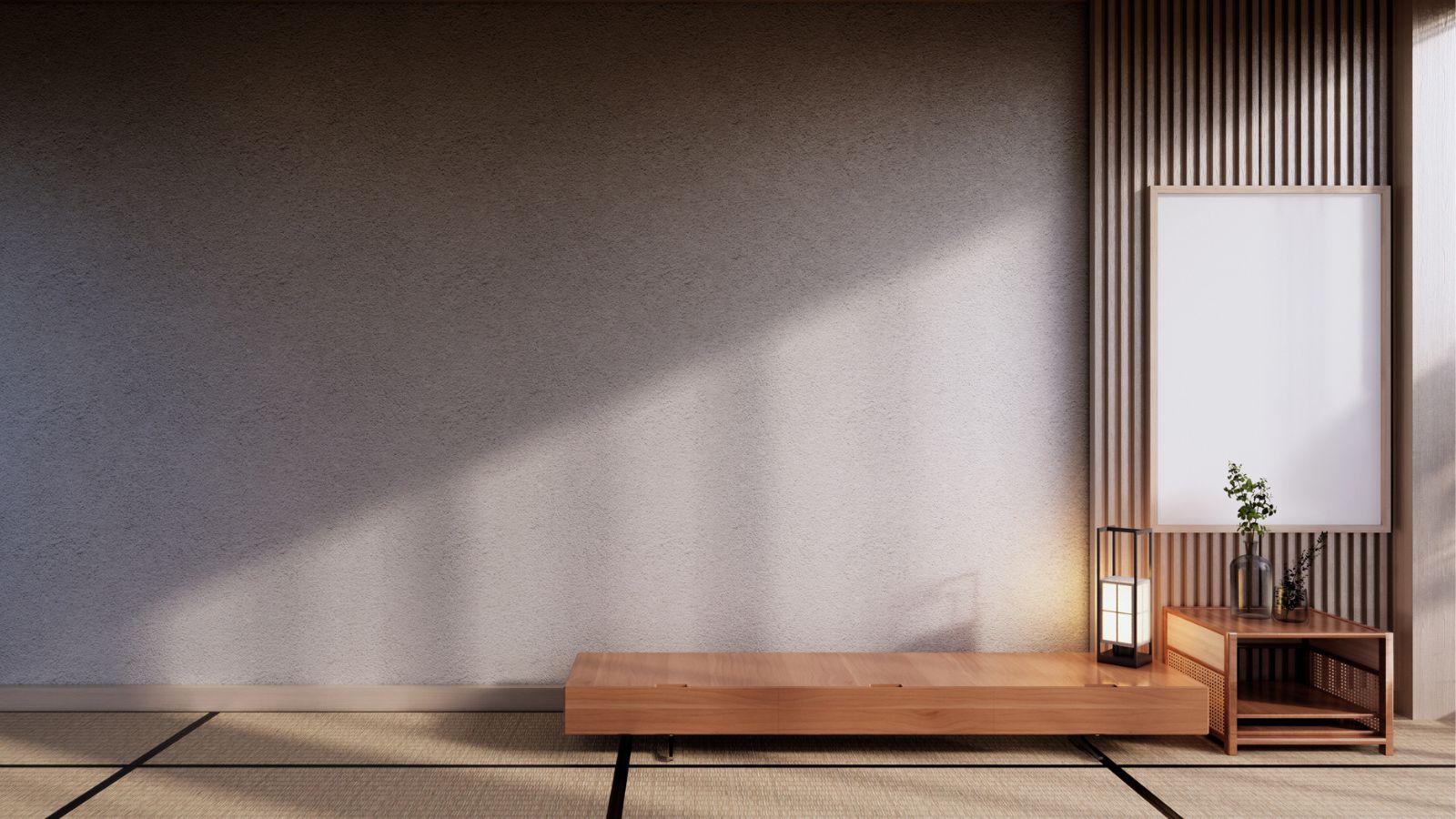

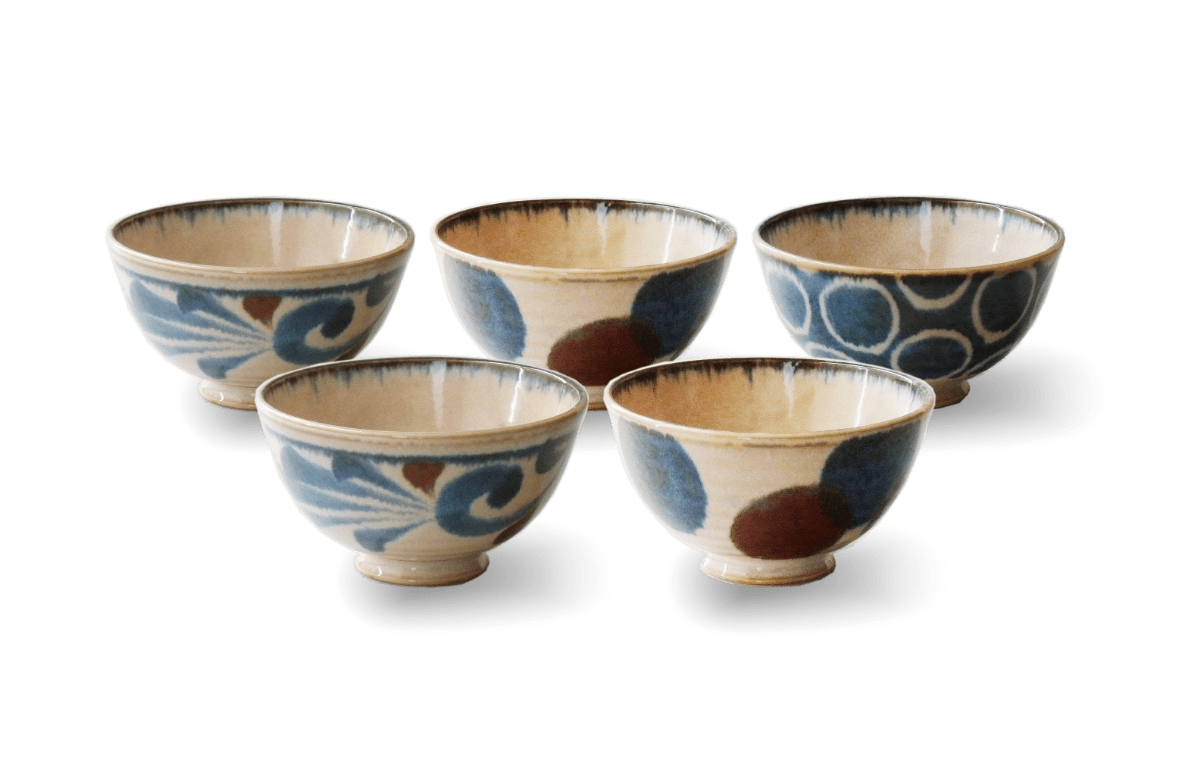
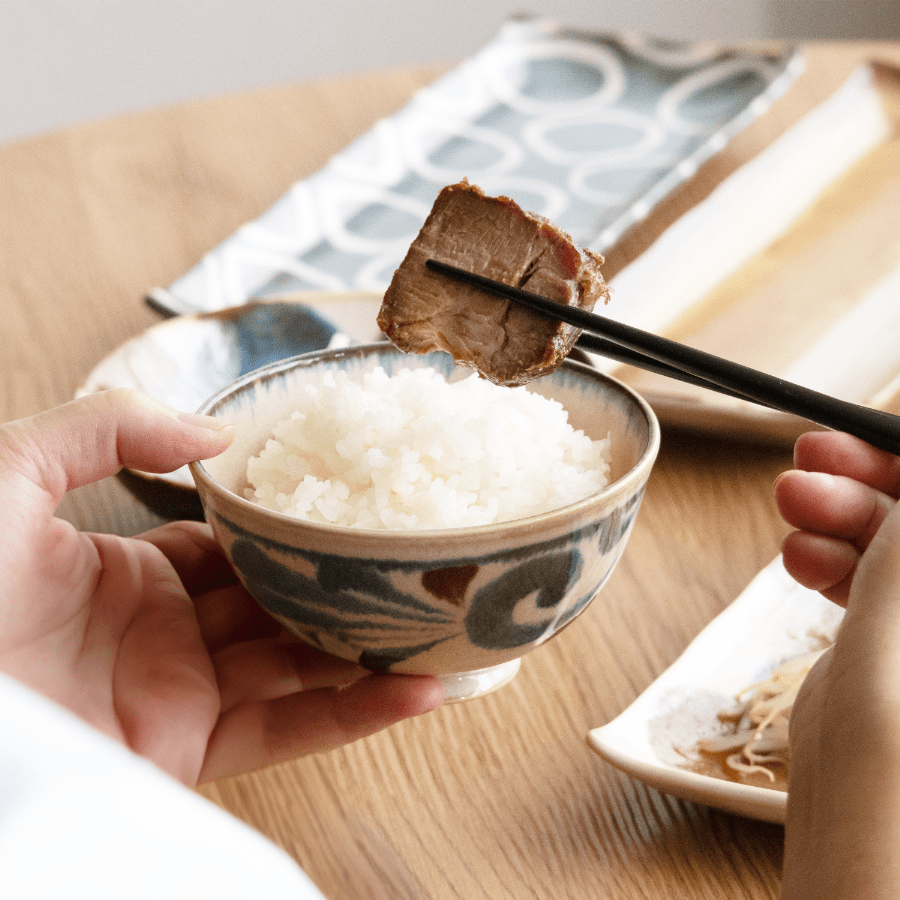
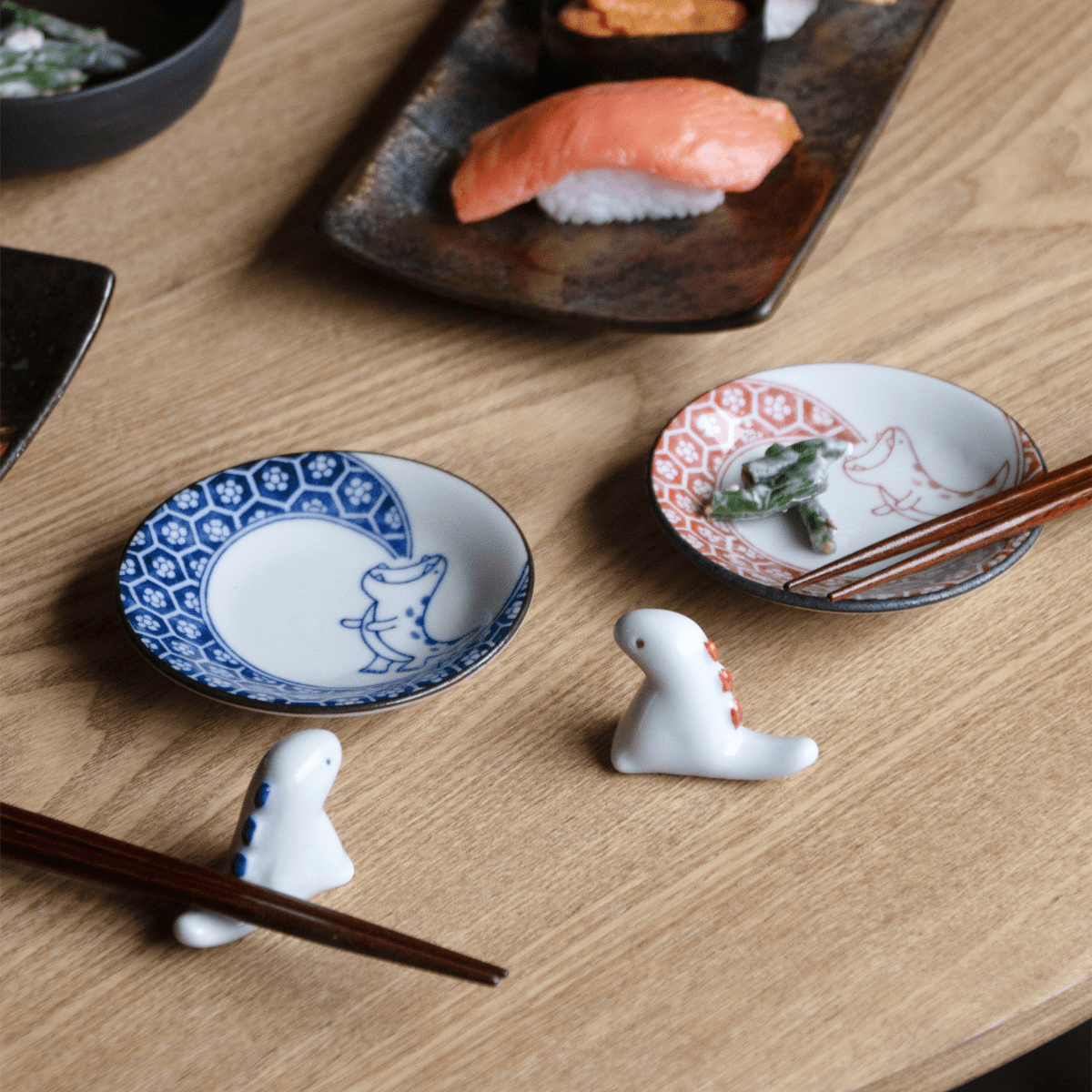
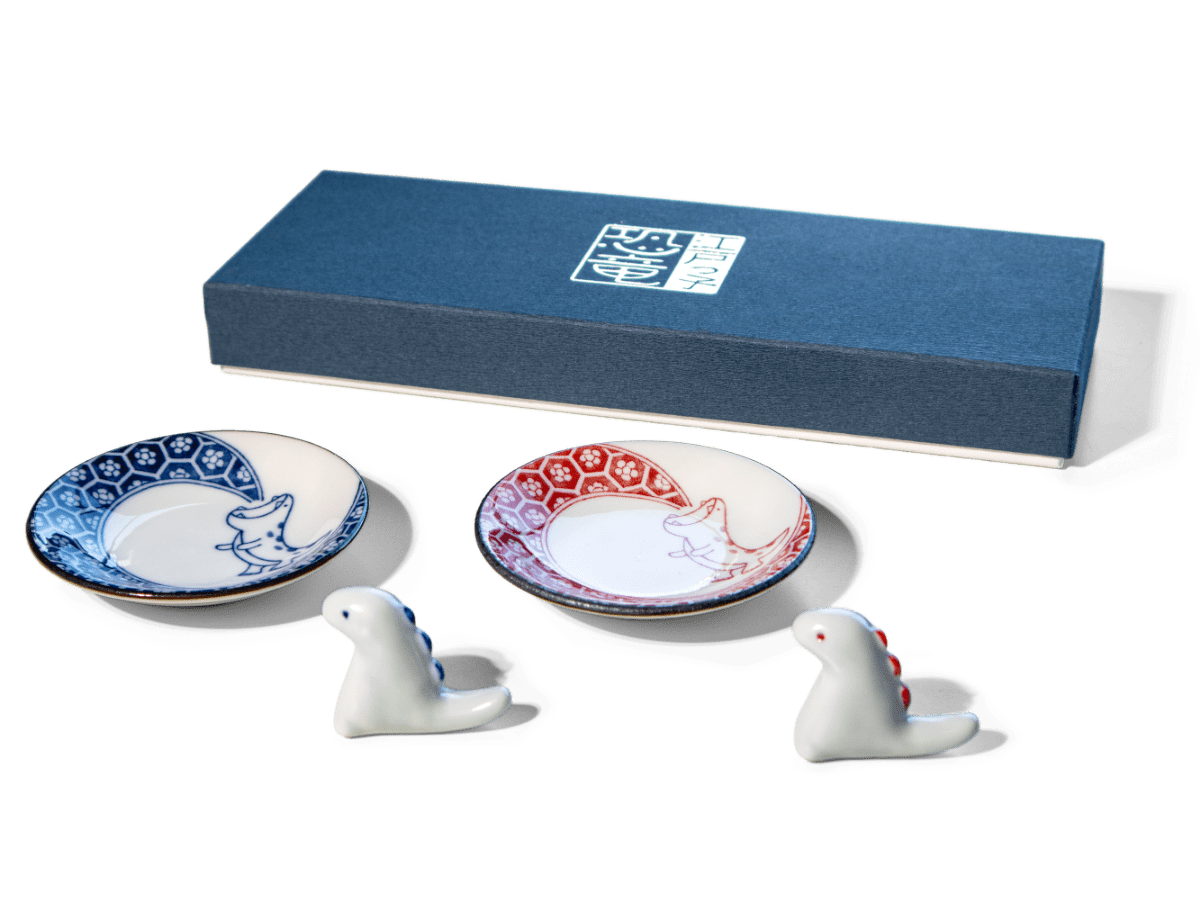
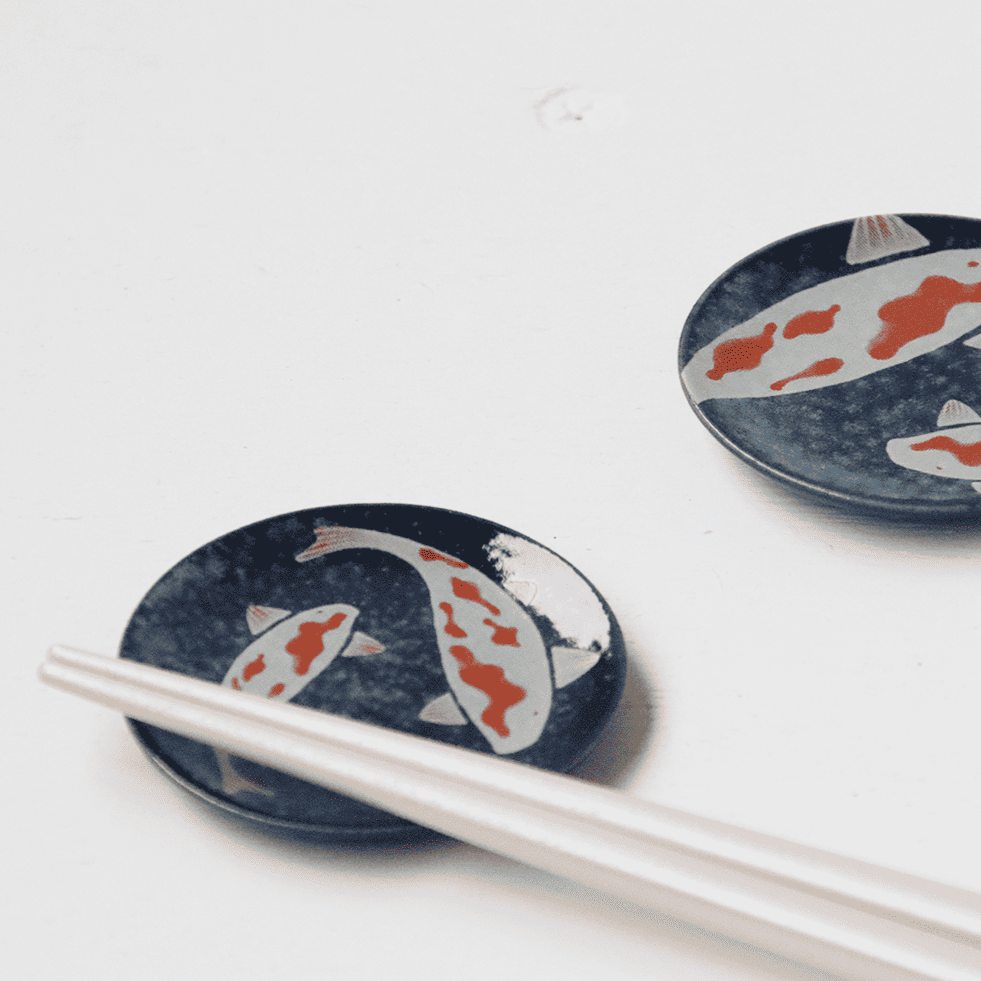
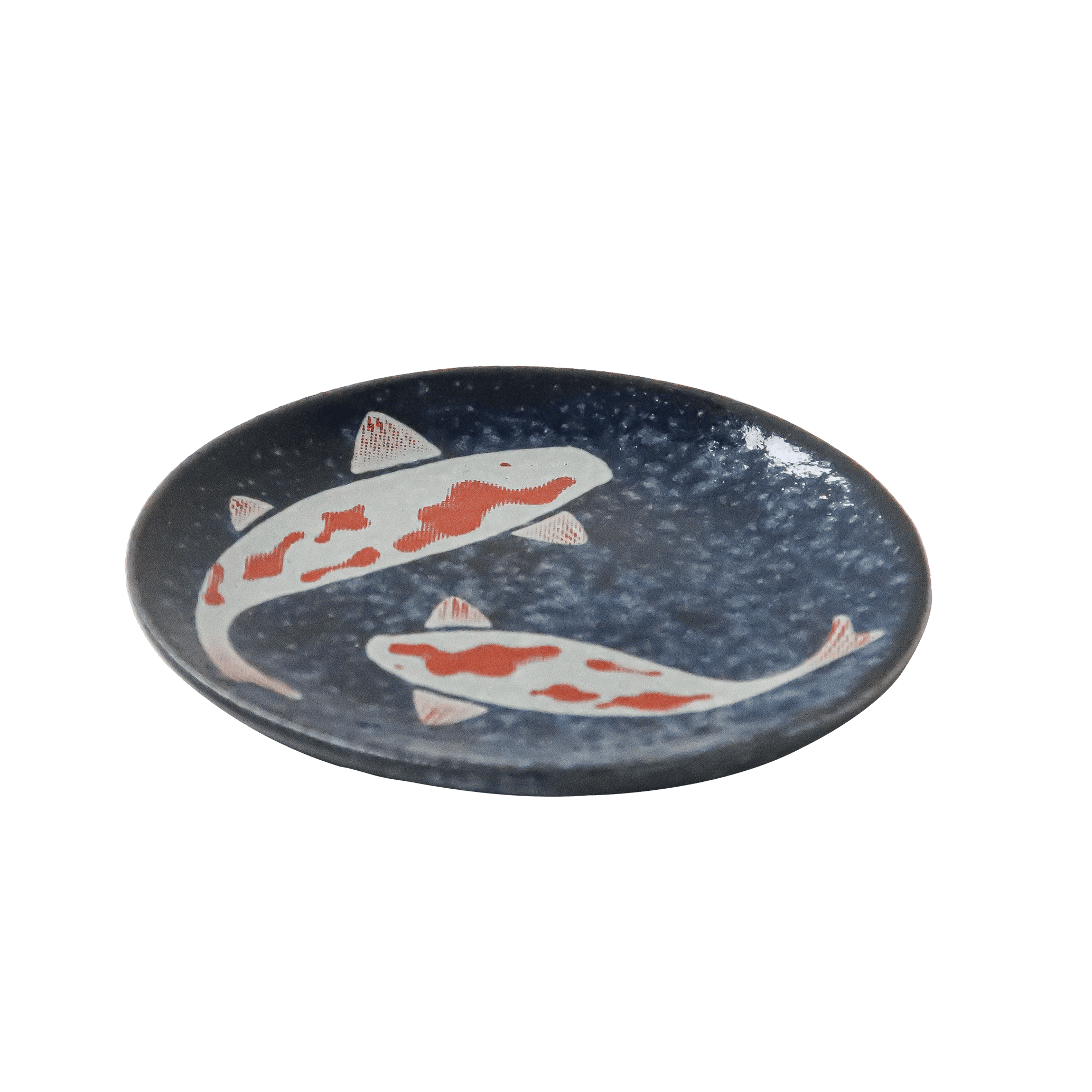
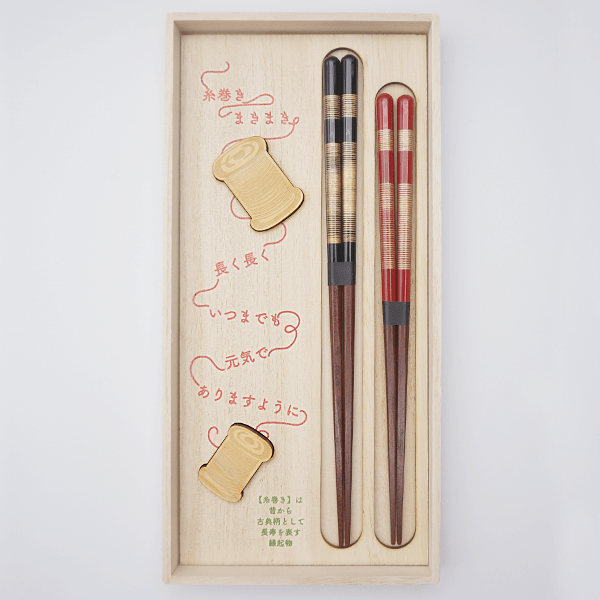
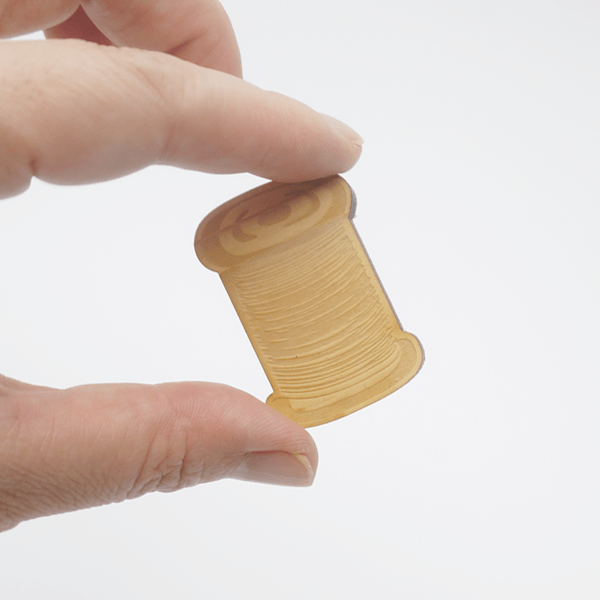
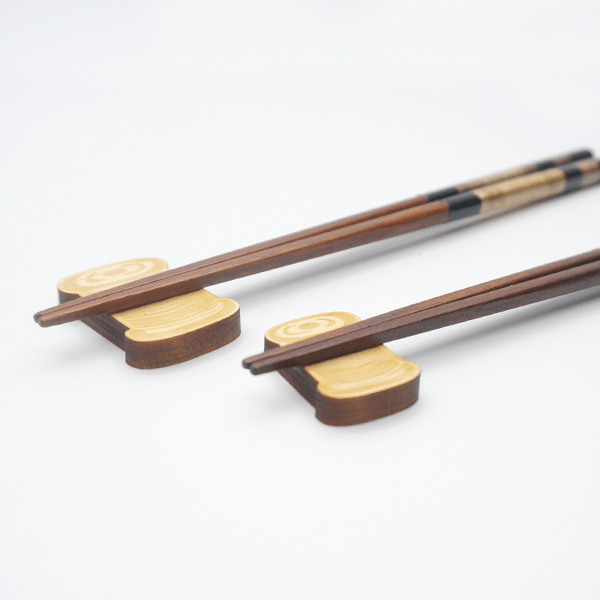
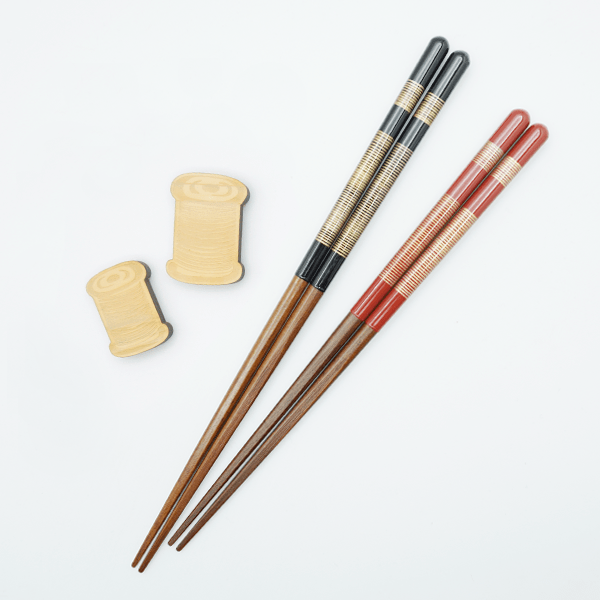
Share: